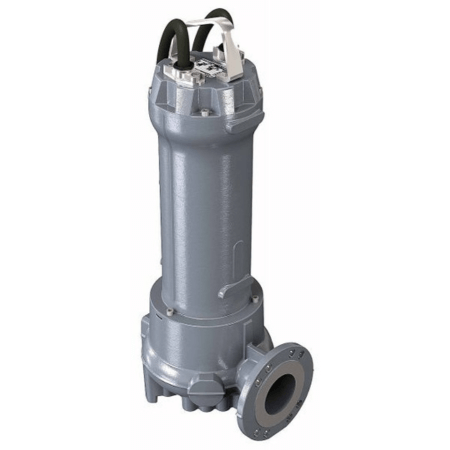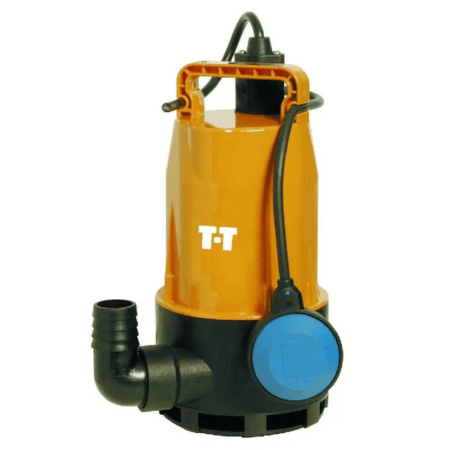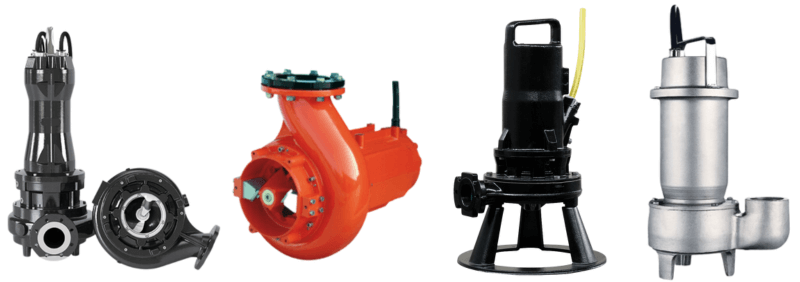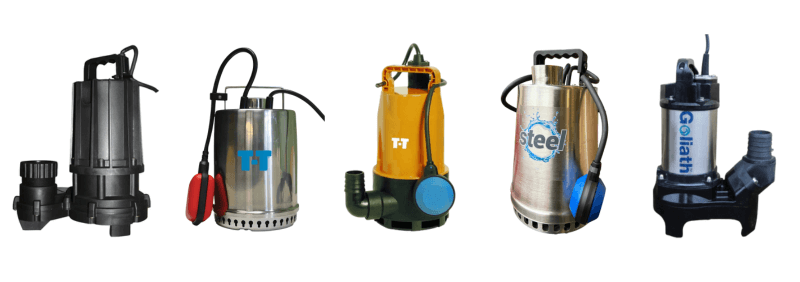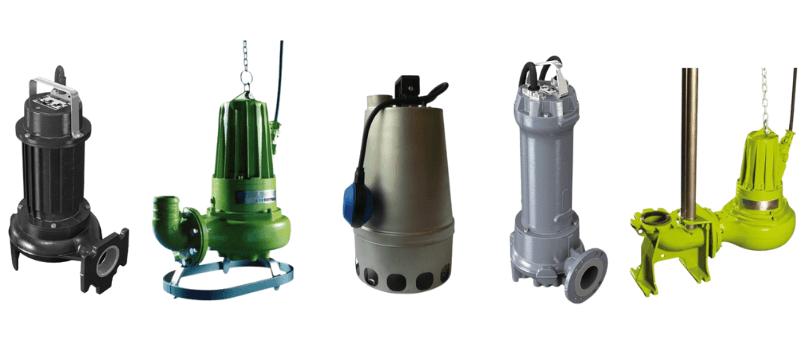Can sewage pumps be used as sump pumps?
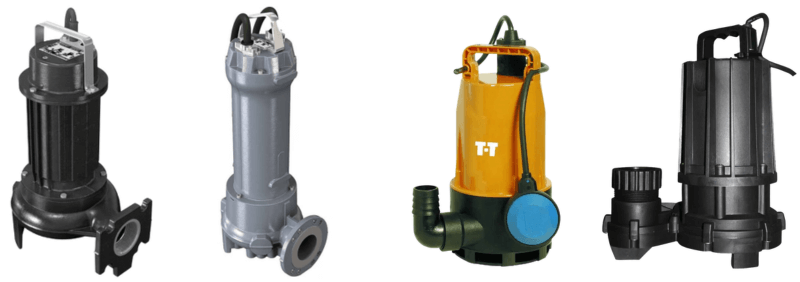
Many people think of sewage pumps and sump pumps as being the same thing. Although they can look similar, they are designed to perform different tasks - with one pumping sewage and the other handling excess water.
So what are the main differences? Can a sewage pump be used as a sump pump? Which one do you need for your application? Read on for everything you need to know.
What is a Sewage Pump?
A sewage pump is a pump system designed to pump raw sewage from one place to another when gravity alone can not do the job. They are typically used when the sewerage is lower than the mains sewer, with pressure generated by an electric motor being used to pump the sewage through an impeller and into a discharge pipe for distribution.
There are several different types of sewage pumps, including vortex impeller pumps, channel impeller pumps, grinder pumps and chopper pumps. Many sewage pumps are designed to allow certain volumes of solids like tampons, sanitary pads and toilet paper to pass through without blocking the pump.
What is a Sump Pump?
Whereas a sewage pump can handle larger solids particles, a sump pump (sometimes also called a drainage pump) is designed to pump clear or grey water. They are usually used to prevent flooding and water retention, providing an excellent solution for keeping water levels under control.
Typically, a submersible sump pump is sited below ground in a basement or cellar, being designed to pump out groundwaters that drop into the lower parts of a building. A level control monitors the water as it rises and automatically activates the pump once it reaches a certain level. The water is collected by the sump pump and then pumped away to a safe location. Once the level drops below a specified level, the pump is automatically deactivated.
What’s the difference between a sump pump and a sewage pump?
Sewage pumps and sumps have a similar appearance, with the main difference being in the solids handling. Typically a sewage pump is required to handle larger solid particles, whereas a sump pump or drainage pump is used for pumping clear waters.
In short, a sewage pump is designed to handle sewage and pump it into the mains sewer, whereas sump pumps handle excess water to prevent flooding.
Can a sewage pump be used as a sump pump?
Yes, a submersible sewage pump may be used in a sump application providing that it is sized correctly with the correct starting equipment to fit in the size of the sump. Submersible sump pumps are not designed to pump raw sewage or aggregates, with these applications requiring unique selection.
T-T Pumps supply an extensive range of submersible sewage pumps and sump pumps for every application. We can help you select the best solution for your individual application and requirements, ensuring maximum performance, efficiency and long-term reliability.
Browse and buy our comprehensive range of pumps right here. Not sure which sewage pump or sump pump is right for you? Chat to our friendly team of experts by calling +44 (0)1630 647200 or sending an email to pumpsales@ttpumps.com

